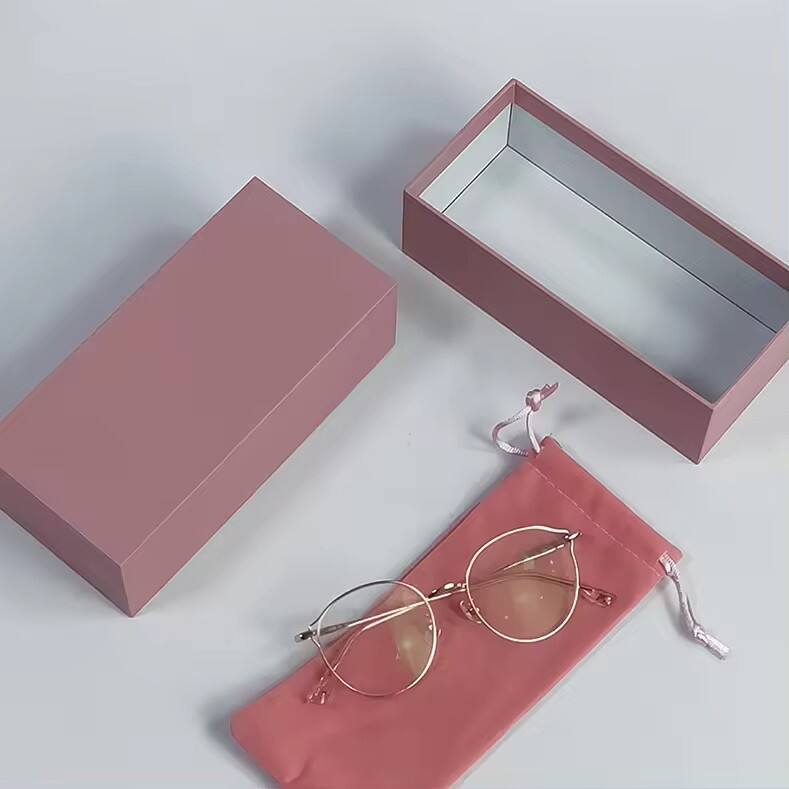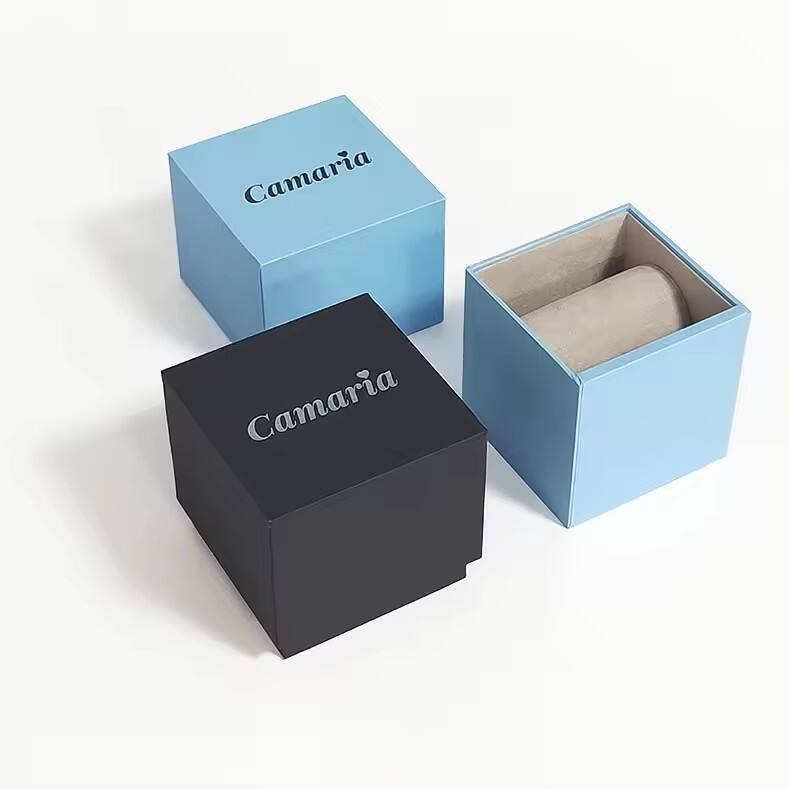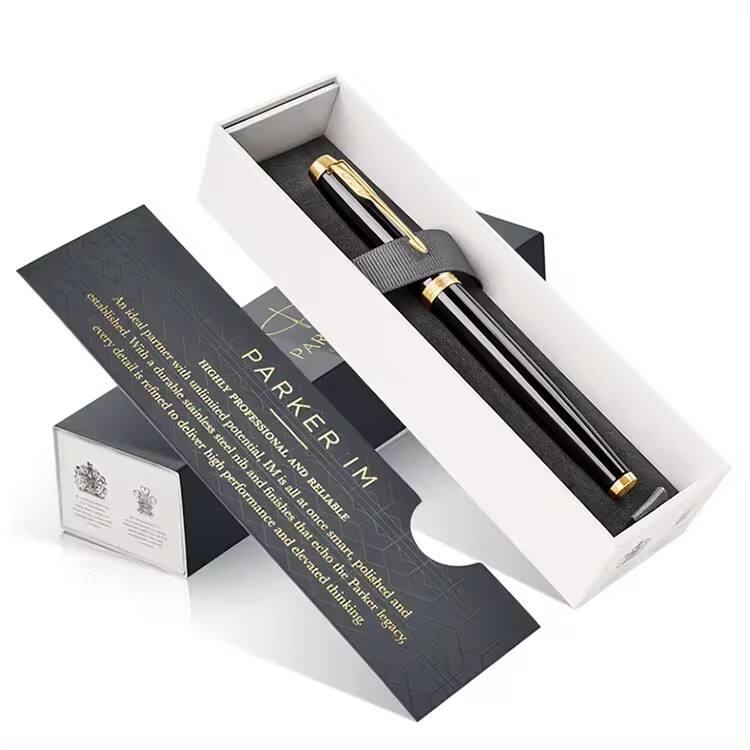Sustainable Gift Box Design: Balancing Aesthetics and Environmental Responsibility
Eco-Friendly Materials for Sustainable Gift Boxes
Recycled Cardboard & Biodegradable Paper Options
Using recycled cardboard for gift boxes results in significant environmental benefits, primarily due to its lower carbon footprint compared to virgin materials. Recycled cardboard consumes less energy during production, thus reducing greenhouse gas emissions. Additionally, biodegradable paper options present an eco-friendly choice as they naturally decompose, minimizing landfill waste. Statistics indicate an increasing consumer demand for sustainable packaging, including materials like recycled cardboard, reflecting a broader shift towards eco-conscious consumption patterns. Certification standards such as the Forest Stewardship Council (FSC) ensure that materials are sustainably sourced, providing a guarantee of responsible forest management practices. This assures manufacturers and consumers alike of the eco-friendly nature of their packaging choices.
Plant-Based Inks for Custom Jewelry Box Designs
Plant-based inks are a sustainable alternative to conventional petroleum-based inks, offering significant environmental advantages. These inks, derived from natural sources, reduce reliance on fossil fuels and contain fewer volatile organic compounds (VOCs), making them less harmful to both the environment and human health. For brands, adopting plant-based inks leads to more sustainable production processes as these inks facilitate recycling of paper products. Major brands have reported positive consumer responses after switching to eco-friendly inks, ensuring not only brand alignment with sustainability but also adherence to regulatory standards aimed at promoting ecological printing practices.
Natural Fiber Alternatives to Plastic Liners
Natural fiber materials such as jute, cotton, and hemp provide excellent alternatives to plastic liners in gift packaging, thus enhancing the eco-friendliness of gift boxes. These materials hold several environmental benefits over plastic, including biodegradability and reduced pollution footprint. An increasing number of experts advocate for biodegradable materials in consumer goods due to their lower environmental impact. Case studies demonstrate positive consumer reception for brands using natural fibers, highlighting a market preference for sustainable packaging solutions. By replacing plastic with sturdy, compostable fibers, brands not only meet consumer demand but also contribute to a circular economy.
Minimalist Patterns for White Paper Bags
Minimalist design embraces simplicity and functionality, making it an effective strategy for eco-friendly packaging. By focusing on clean lines and simple patterns, white paper bags can appeal to the growing number of eco-conscious consumers. For instance, minimalist designs often reduce material usage, thus lowering production costs and minimizing waste. Research supports this trend, indicating a strong consumer preference for uncomplicated and sustainable designs.
Modular Designs for Multi-Use Shopping Bags
Modular design refers to the ability of products to be adapted and reused in various ways, and this concept is increasingly applied to shopping bags. These designs promote sustainability by encouraging reuse and offering functionality beyond a single use. Insights from industry professionals highlight a trend towards modular products, driven by consumer demand for versatile items. Brands that successfully integrate modular designs in their packaging demonstrate innovation and commitment to ecological responsibility.
Personalized Jewelry Box Branding Techniques
Personalizing jewelry boxes can significantly enhance branding efforts and reinforce customer loyalty. Techniques such as embossing and custom inserts create a unique identity, imparting a personal touch that distinguishes brands in the marketplace. Successful examples show how personalization not only attracts consumers but also aligns with sustainable product values. Balancing aesthetic appeal and eco-friendly materials is crucial, ensuring that personalization efforts do not compromise sustainability objectives. For personalized jewelry boxes, relevant strategies include integrating environmentally friendly materials that complement branding techniques, making them attractive and sustainable options.
Custom Logo Luxury Rigid Sunglasses Packaging
The market for luxury packaging is experiencing significant growth, driven by the high demand among affluent consumers seeking premium products. Luxurious packaging, especially for items like sunglasses, plays a crucial role in brand image and customer satisfaction. Innovative eco-friendly materials are increasingly being adopted in designing luxury rigid boxes, including recycled cardboard, biodegradable plastics, and sustainably sourced paper. This shift aligns with statistics showing a growing consumer trend toward sustainable luxury products. A report from Allied Market Research highlights that the luxury packaging market is projected to reach $25.4 billion by 2030, with sustainability being a key factor in consumer purchasing decisions.
Packaging experts emphasize the importance of branding as a decisive influence on consumer behavior. Brands adopting sustainable luxury packaging can create a strong brand perception, attracting eco-conscious consumers. As consumers become more aware of environmental impacts, eco-friendly branding in luxury packaging becomes essential. The Custom Logo Luxury Rigid Packaging Box For Sunglasses is an example of this innovation, offering customizable options with sustainable materials.

Modern Luxury Wrist Watch Cardboard Box
Modern luxury cardboard boxes designed for wristwatches present a sustainable alternative to traditional packaging materials such as plastic and metal. These boxes are crafted from high-quality cardboard that not only offers robustness and elegance but also aligns with eco-friendly principles. The shift from conventional packaging to cardboard is driven by various benefits, including recyclability and reduced environmental impact. According to a report by Smithers, the global demand for sustainable packaging is expected to rise, as more consumers and companies gravitate toward greener options.
The design of these boxes significantly influences brand perception in the luxury watch market. A well-designed, eco-conscious package can elevate the brand's image, presenting it as modern and responsible. Products like the Custom Logo Modern Luxury Single Paper Cardboard Wrist Watch Box Packaging For Gift not only offer a stylish aesthetic but also communicate a commitment to sustainability. They provide an excellent example of how cardboard can serve both functional and environmental purposes.

Foam-Enhanced Pen Packaging with Recycled Paper
In the realm of pen packaging, innovative concepts like foam-enhanced designs made from recycled paper are gaining traction. These packaging solutions offer a unique combination of protection and sustainability by utilizing foam for cushioning while employing recycled materials to reduce environmental impact. The use of recycled paper in packaging helps decrease carbon footprints and encourages a circular economy model. With increasing consumer preference for eco-friendly stationery, as noted by Eco-Business, businesses are investing in sustainable designs to meet market demands.
Case studies have shown that successful implementation of such packaging designs can greatly enhance brand image and consumer loyalty. By choosing designs that incorporate both aesthetic value and environmental responsibility, brands can appeal to modern consumers who are mindful of their ecological footprint. The Custom Paper Box Packaging For Pen With Foam is an exemplary model that incorporates these sustainable features, offering a compelling packaging solution that is both functional and environmentally conscious.

Furoshiki-Inspired Fabric Wrapping Techniques
Furoshiki, a traditional Japanese wrapping method, offers a sustainable alternative to conventional gift wrapping. By using fabric wraps instead of paper, Furoshiki promotes environmental preservation through reusability. The technique is not just eco-friendly but also versatile, allowing for various wrapping styles that can transform scarves, tea towels, or even t-shirts into elegant gift presentations. Here’s a simple way to use Furoshiki: place the gift in the center of a square cloth, fold the corners over the gift, and tie them in a knot for a secure hold. Surveys indicate that consumers appreciate fabric wrapping for its uniqueness and its environmentally-friendly aspects.
Seed-Embedded Tags for Plantable Packaging
Seed-embedded tags are an innovative concept in the realm of sustainable packaging, offering dual functionality as both labels and plant starters. These tags can reduce waste by simply being planted, transforming into flowers or herbs instead of ending in the trash. Eco-conscious customers find strengthened brand appeal through such initiatives, aligning with their environmental values. Notable success stories include brands that have achieved heightened consumer engagement by integrating plantable tags. These companies comply with industry standards for producing eco-friendly seed paper, ensuring viability and environmental responsibility.
Reusable Ribbons from Upcycled Materials
Reusing materials, particularly ribbons, in gift wrapping significantly alleviates environmental strain. Upcycling, the method of repurposing waste into new products, can result in unique and creative ribbon designs, enhancing the sustainability aspect of gift wrapping. Market research denotes a growing consumer leaning toward sustainable options, with many valuing the charm and thoughtful design of upcycled ribbons over traditional plastic varieties. Industry experts highlight that these reusable elements add considerable value to packaging design, offering brands an opportunity to distinguish themselves as eco-conscious leaders.
 EN
EN
 AR
AR
 HR
HR
 CS
CS
 DA
DA
 NL
NL
 FI
FI
 FR
FR
 DE
DE
 EL
EL
 HI
HI
 IT
IT
 JA
JA
 KO
KO
 NO
NO
 PL
PL
 PT
PT
 RO
RO
 RU
RU
 ES
ES
 SV
SV
 TL
TL
 ID
ID
 LT
LT
 SL
SL
 VI
VI
 HU
HU
 MT
MT
 TH
TH
 TR
TR
 FA
FA
 AF
AF
 MS
MS
 GA
GA
 MK
MK
 AZ
AZ
 BN
BN
 LO
LO
 LA
LA
 MN
MN
